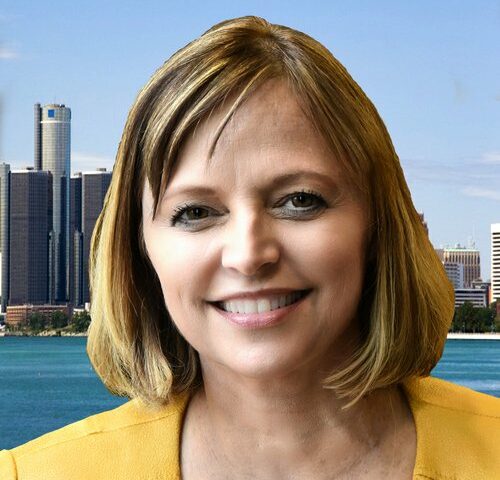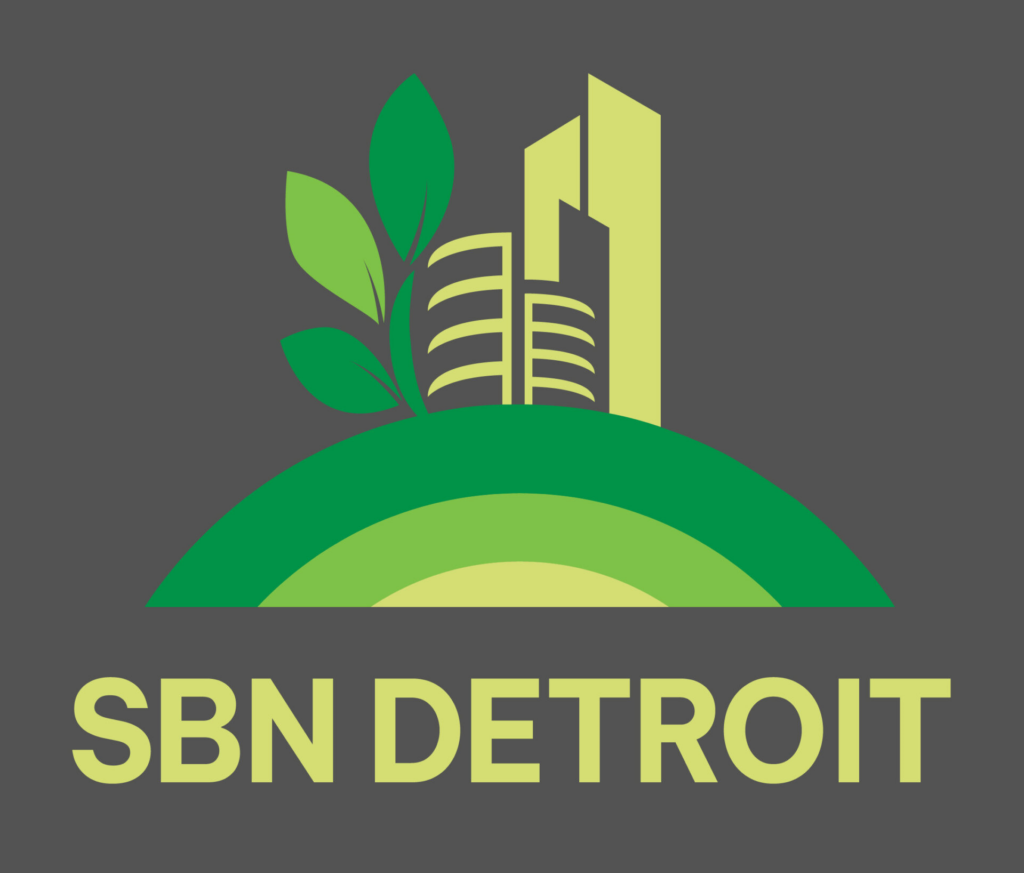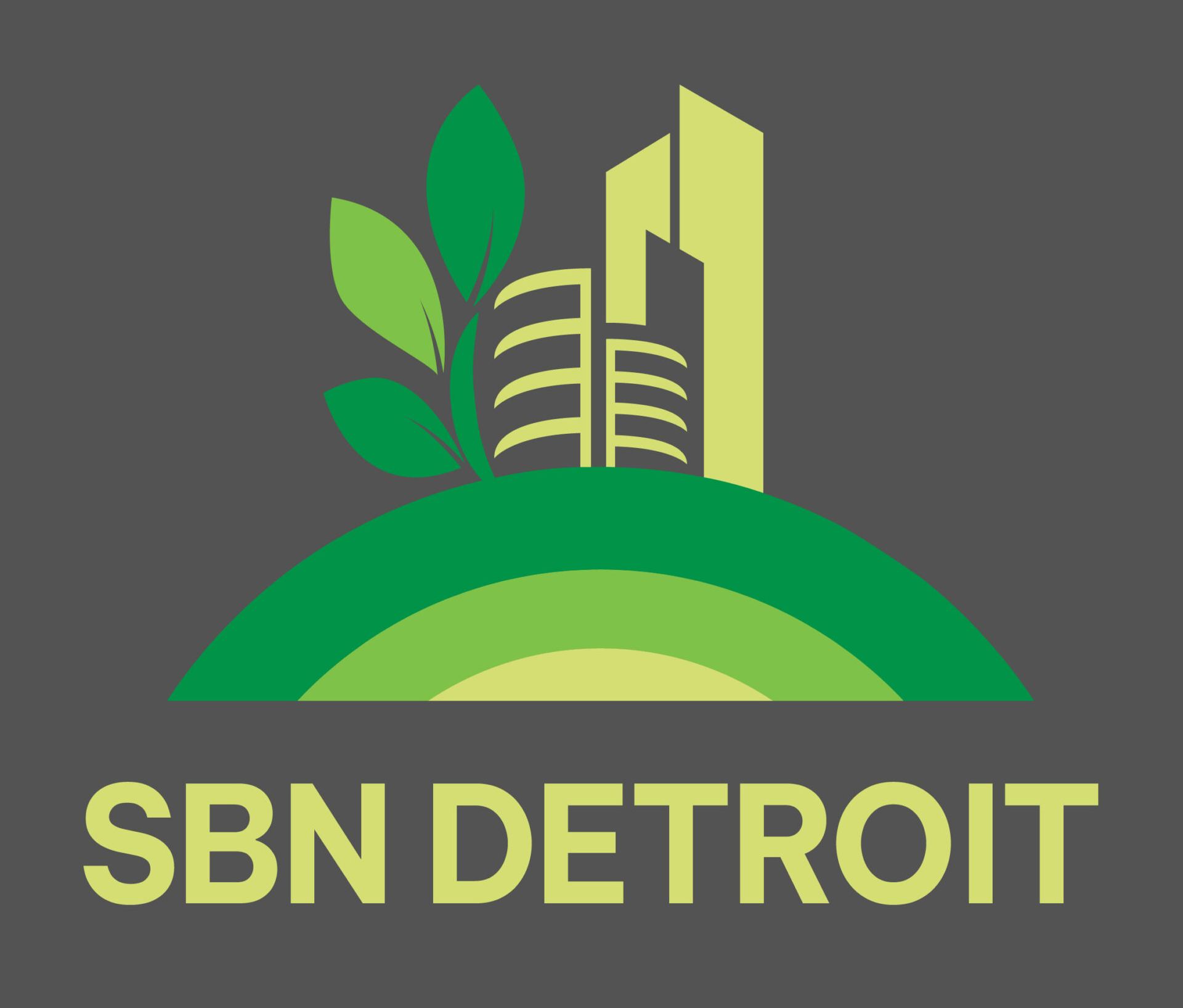Aligning Business with Sustainability

Comerica Inc. was founded in Detroit in 1849 and remains rooted in Southeast Michigan, even as its headquarters now sit in Dallas. With 4,300 employees in the region and a strong presence across the state, the bank continues to play an active role in environmental responsibility and community impact. SBN Detroit interviewed Scott Beckerman, Senior Vice President and Director of Corporate Sustainability, about the bank’s climate strategy, operational footprint, and the role financial institutions play in driving sustainable progress. Q: Comerica has deep roots in Detroit, even as its headquarters are now in Dallas. How does that legacy influence the bank’s sustainability priorities in Southeast Michigan and beyond? A: Comerica is really proud of our 175-year legacy in Detroit, and over half of our employees are here. As a lifelong resident of the Detroit area myself, I recognize the unique environment of this region. So naturally, there is a certain connection to our desire to protect and preserve this special environment. But we also know that environmental issues aren’t just local – they are global in their nature. I think the connection here is that we understand the importance of issues in the near-term and at the local scale but also recognize the importance of the global scale. For issues like climate change, that means our future success depends on the actions we are taking today, both here in the Detroit area and across the country. Q: What are the most pressing environmental or climate-related risks Comerica is working to address within its operations and client services? A: Our commitment is around three main areas: Reducing our own environmental footprint, embedding sustainability into our business, and supporting our customers’ needs. For our own footprint, we are focused on reducing water consumption, waste generation, resource consumption, and greenhouse gas emissions. Since 2012, we’ve reduced our GHG emissions 61%, – on our way to a 65% reduction target by 2030 and moving toward our north star of 100% reduction by 2050. For water, we’ve decreased our consumption by 48% and have also seen a 41% reduction in waste. On the resource consumption side, our focus is paper usage and since 2012 we’ve decreased that by 89%. For our customers, we want to ensure they have access to the financial products and services they need to address the challenges they face. Maybe for a homeowner, that is a home equity loan to make their home more energy efficient or add solar to their roof. For a business, that may mean providing the financing to upgrade the efficiency of their equipment or capital improvements to a building to make it more climate resilient. Q: Comerica has made commitments to reduce operational emissions and increase energy efficiency. Can you walk us through the key strategies being used to reach those goals — and how success is measured? A: Our primary drive has been a focus on energy efficiency. With roughly 400 buildings in our portfolio, this is no easy task, and no two buildings are alike. We’ve deployed a host of efficiency measures from lighting to advanced building controls to really working on driving down energy consumption, which is the largest contributor to our greenhouse gas emissions. The other important thing is to right-size our real estate footprint while still serving our customer needs. A lot has changed with the digitalization of banking, and we simply don’t need the same amount of space that we needed in the past. So being smart about the amount of real estate we occupy has also helped us drive down our overall energy consumption. At the same time, we recognize that the shift to a digital world is not without its own set of issues, including GHG emissions, so we work with providers to ensure the majority of our technology and data center needs are powered by renewable energy. We’re also investing in renewable energy solutions across our footprint, focused on local impacts, including piloting solar projects and REC (renewable energy certificate)-backed electricity programs in Michigan and Texas. Q: What role does Comerica’s sustainability team play in engaging business units across such a large organization? How do you ensure consistency in implementation? A: First, we center our sustainability program on value creation. What I mean by that is that our sustainability initiatives need to be generating value by reducing risks or costs, spurring innovation, and supporting revenue growth. If we do all that well, it enhances our reputation and brand which delivers additional value. While it may be cliché, I think it’s true that sustainability really is the ultimate team sport. We are successful with our programs because we have the buy-in and support from colleagues across our organization. We also support sustainability through colleague education, regional Green Teams, and volunteer-driven community programs. Q: In your view, what’s the biggest challenge for banks — especially legacy institutions like Comerica — when it comes to embedding sustainability into the core business model? A: For any business, there are a ton of ever-evolving business priorities, based on things like the market, customer needs, regulatory requirements, and changing technology. So, if you approach sustainability as an add-on to the traditional business priorities, then it can get pushed aside by pressing traditional business needs of the moment. But if you embed sustainability into your core values and it becomes a part of how you do business, then it becomes a long-term source of business stability. At Comerica, we have a core value of being “A Force For Good,” which means we’ve worked to embed sustainability into how we do business. Since the establishment of our sustainability office in 2008, that means we’ve significantly reduced our environmental footprint and delivered tens of millions of dollars of cost savings. Q: Where do you see the greatest opportunity for Comerica to lead — whether through lending practices, investments, community partnerships, or internal operations? A: Our length of time in this space has given us a real advantage in terms of long-term impacts. During that time,
Detroit 2030 District is Promoting Carbon-Free, High-Performance Built Environments

SBN Detroit interviews the executive director of the Detroit 2030 District, Connie Lilley. Connie has been working within the commercial built environment for over 25 years, with the last 16 years focusing on energy efficiency and sustainability. She has served on many industry trade groups, including past vice chair for the U.S. Green Building Council, Detroit Regional Chapter, where she implemented the popular My Green School Art Contest that runs annually throughout Michigan. Connie has received two awards from the National Women in Construction Detroit Chapter for being a green/sustainable leader. She has also volunteered for BOMA, IFMA, and the City of Detroit Green Task Force. Connie is a LEED AP, O & M (accredited professional, operations and maintenance) and has an MBA focusing on corporate sustainability. Q: Please tell me about Detroit 2030 District and your role. A: I am the executive director of the Detroit 2030 District, which is a nonprofit working with building owners and managers to help them reduce energy and water consumption and transportation emissions to and from their buildings. The movement promotes a carbon-free future, high-performance buildings, economic development, and environmental justice. The District is one of twenty-four 2030 Districts across North America, with three in Michigan – Grand Rapids, Detroit, and Ann Arbor. The Detroit 2030 District Is the fourth-largest District in the network, with over 51 million square feet committed. The District has 40 local nonprofit partners and 42 local businesses that support the program. The Detroit District was launched in 2017 with the support of the Michigan Department, of Environment, Great Lakes, and Energy. Q: Please elaborate on the work you are currently doing. A: We offer our building members resources and a robust calendar of educational opportunities to learn how to reduce energy and water consumption, transportation emissions, and operating expenses. We have three best practice groups, including houses of worship, venues, and museums, and multifamily. We assist our members in many ways, including helping them start an Energy Star Portfolio Manager Account to measure and track energy and water consumption and work towards reducing them. We also run many pilots on new technologies at member buildings, allowing our members to see if the technology is suitable for their buildings. We run webinars on relevant topics, including funding mechanisms, grant opportunities, renewables, green infrastructure, solar, etc. Q: You were instrumental in bringing a District to Detroit in 2017. What prompted this and what was the process of bringing this to Detroit? A: My industry colleague, Peggy Matta, and I talked for many years about the benefits of this type of program. We knew that Detroit had many aging buildings that would need renovation in the coming years. If Detroit were to make a comeback, healthy buildings and communities would be significant to the process and help to spur economic development. We both know it is best to consider energy efficiencies and other high-performance building techniques before a building is built or renovated. We felt we would be more successful in helping to rebuild Detroit if we educated many building owners at a time instead of one at a time. We had heard of the 2030 District Network and how it works. We thought it would be great to bring a District to Detroit. After working for several years with many volunteers and an exploratory committee, we became an Emerging 2030 District. After a lot of groundwork, and collaboration with municipalities, businesses, and nonprofits, our movement began to grow and finally became a full District in 2017. Peggy became the founder and Chair of the organization and is still very involved. Q: Are you pleased with the progress and impact you’ve been able to make? A: While there have been many ups and downs, including the pandemic, flooding, stormwater issues, and the political environment, we have made it through. Never in my wildest dreams did I think we would have 51 million square feet signed into our program. When we were first touting the benefits of reducing carbon emissions from the built environment, the conversation about the impact of climate change on the built environment was challenging. Many people didn’t understand the economic and health benefits of reducing a building’s carbon footprint. Since our inception, we have helped hundreds of building owners and facility managers understand how to measure, track and work to reduce energy and water consumption. Many building owners don’t have an energy manager or a sustainability professional who understands how to combat issues with climate challenges. We have implemented several successful programs, including a Museum Best Practice Group, which has gone national across all 2030 Districts. Our unique House of Worship Best Practices Group includes over 20 local congregations. This program partners with 15 different local businesses and the EPA for Congregations and has crafted a collaboration opportunity for all denominations. One of the District’s strengths is bringing together groups of people from different entities and organizations to collaborate on strategies. Our program provides various events and workshops that bring people together that may not have had the opportunity to meet before. Facility managers across the city can now collaborate and work together instead of in a silo. Sharing best practices reduces the time and effort a building owner/manager must put into understanding climate challenges and overcoming them. We launched the Detroit Energy Challenge along with the City of Detroit and the Michigan Battle of the Buildings. Our first awards breakfast took place this June. We will also be adding awards in the future for internal water consumption reduction. This competition is an excellent opportunity for us to recognize facility managers who have done a fantastic job reducing energy consumption and carbon footprint Our organization also supports a future benchmarking ordinance for the City of Detroit. We are hopeful to see this pass soon as it will allow building owners to benchmark their buildings. We have made great strides and relationships with the local utilities, including DTE and Detroit thermal. We work to understand their goals and missions


